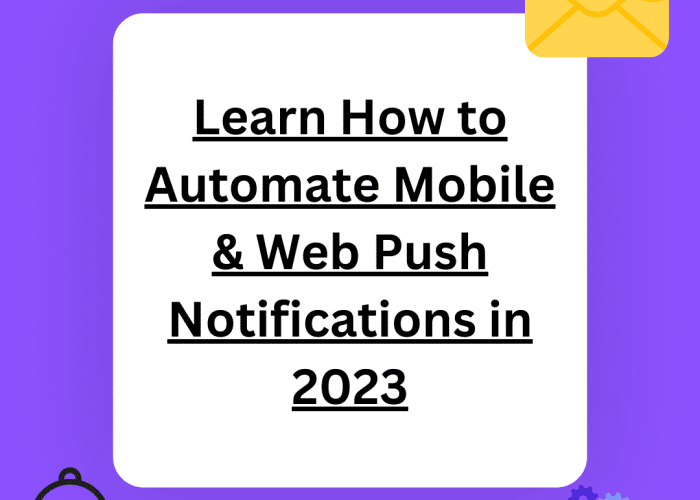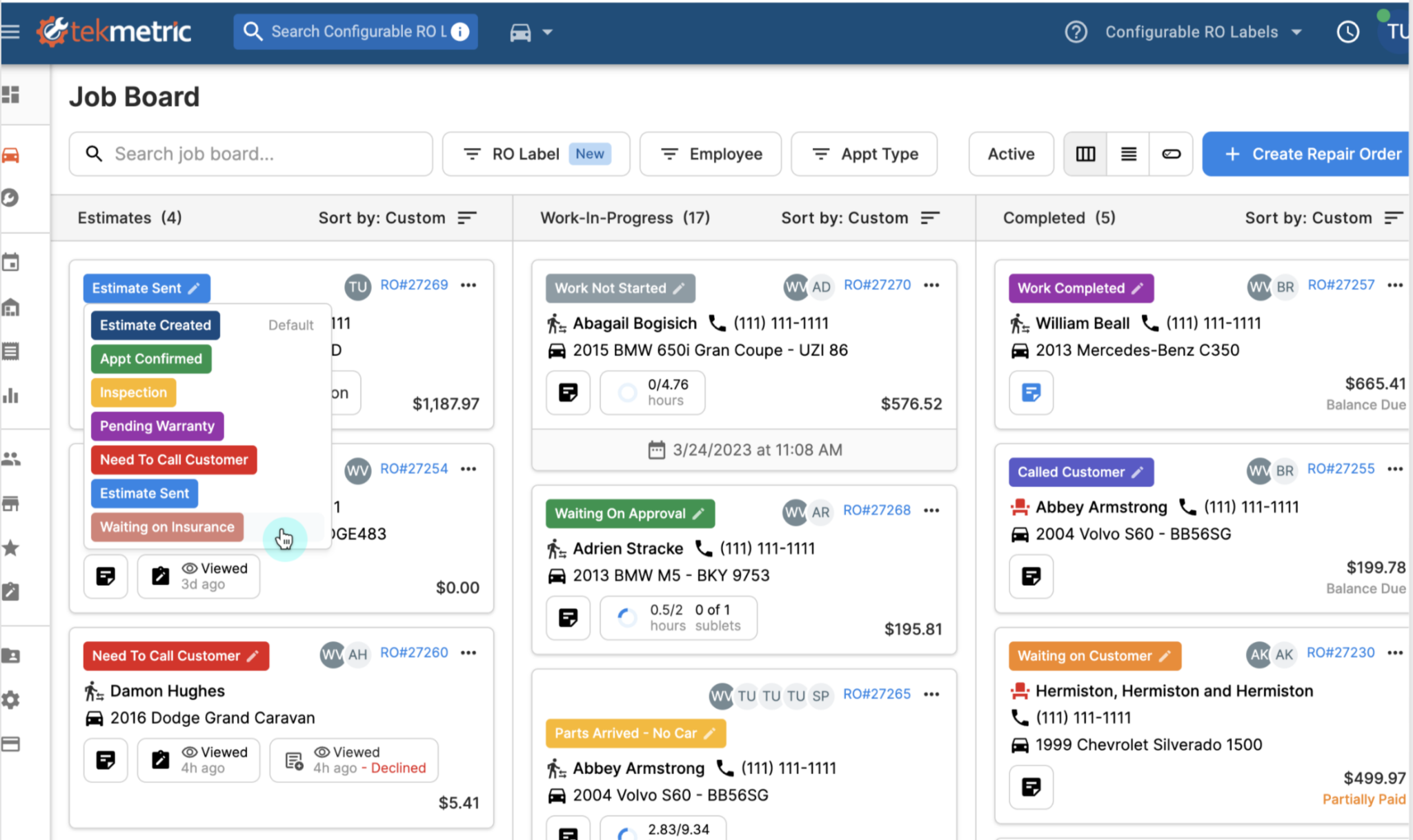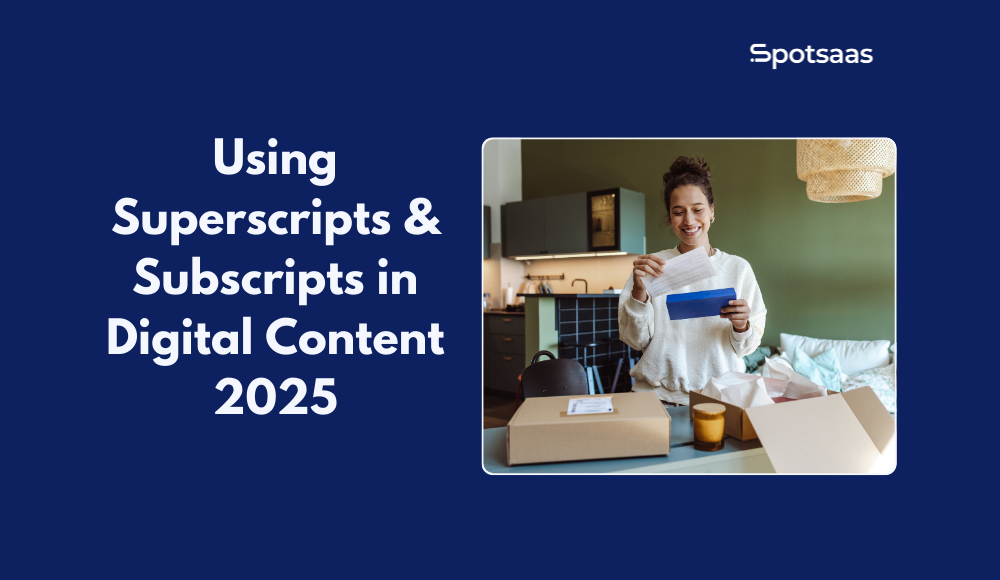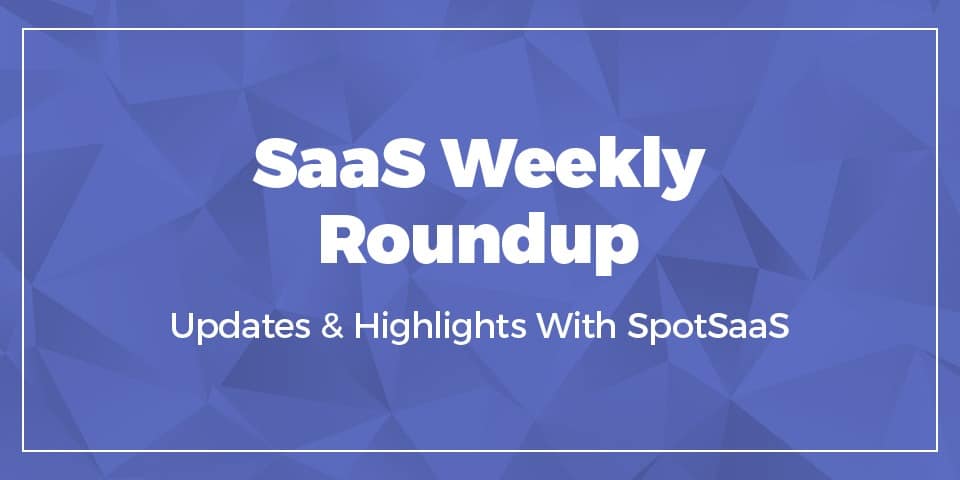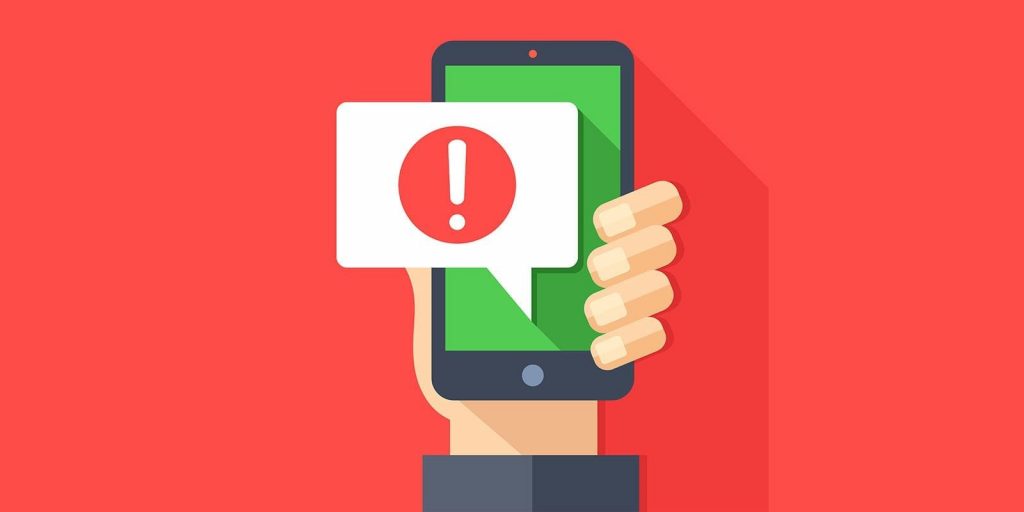
In the world of e-commerce, the competition is as fierce as the latest episode of Game of Thrones. It’s a constant battle to keep your customers engaged, your products fresh, and your sales skyrocketing.
But what if we told you there was a way to gain an edge on the competition without spending countless hours glued to your screen?
That’s right, we’re talking about push messages!
By automation your push communication, you can effortlessly boost your e-commerce business results and make your competitors green with envy.
So sit back, relax, and let us show you how to revolutionize your business without breaking a sweat!
What are Push Notifications 👉
From the perspective of an e-commerce business, push notifications are like a team of cheerleaders that shout, “Go, go, go!” every time you make a sale. They’re like the little birds in Snow White that help her clean the house, but instead of tidying up, they help you make more money!
Push notifications are the secret weapon that keeps your customers engaged and coming back for more. They’re the friendly reminder that says, “Hey, don’t forget about that thing you left in your cart!”
What are Automated Push Notifications
Without the need for human participation, self regulating push notifications are messages that are automatically sent to clients in response to predetermined triggers or events. These alerts are often sent via a tool or piece of software that is incorporated into a company’s website or mobile application.
For instance, an automatic push communication can be delivered to a customer when they make a purchase on an e-commerce website to confirm the transaction and offer delivery information. Another illustration is the automatic reminder notification that can be delivered to a consumer who has abandoned their shopping basket to persuade them to finish the transaction.
Types of Push Notifications 👇
Businesses can utilize a variety of push alerts to engage their clients and improve outcomes, including:
- Transactional: Automated messages known as “transactional alerts” are sent out in response to certain events, like a purchase confirmation or a shipping update. They help foster loyalty and trust by giving customers real-time information about their transactions.
- Promotional: Notifications that promote sales, discounts, or other exclusive offerings are referred to as promotional alerts. They can be used to entice clients to buy something or to advertise fresh goods or services.
- Informational: Notifications that provide clients with helpful information, such as news updates or product reviews, are referred to as informational alerts. They can assist companies in establishing themselves as a reliable source of information and expanding their brand recognition.
- Location-based: Alerts that are sent to customers based on their current location, for as when they are close to a business or event. They can be utilized to advertise in-store specials or occasions or to offer location-based customised recommendations to customers.
- Reminder: Notifications of forthcoming events, appointments, or deadlines are known as reminder notifications. By keeping clients informed and on track, they may lower customer churn and boost engagement.
Benefits of Automating Push Notifications
The advantages of employing technologies to automate mobile or web push notifications for businesses are numerous:
- Enhanced Efficiency: By doing away with the need for manual notifications, automation saves time and effort. This allows firms to concentrate on other crucial duties and delegate notification management to the tools.
- Improved Client Engagement: By keeping customers updated about pertinent news, products, and services, automated push messages help businesses stay top of mind with their clients. This increases client loyalty and engagement.
- Personalization: With the use of automation technologies, organizations may customize push messages for specific customers depending on their actions, interests, and preferences. The consumer experience can be enhanced and conversion rates can rise with this customised strategy.
- Increased Open and Click Rates: Because automated notifications are frequently given at the perfect time and are tailored to the needs of the consumer, they are more likely to be opened and clicked on than human notifications.
- Reduced Cart Abandonment: Customers whose carts have been abandoned can receive automated reminders to finish their purchases. This may boost sales and lower cart abandonment rates.
In summary, automating push alerts using tools can help businesses improve their efficiency, increase customer engagement, personalize communications, improve open and click rates, and reduce cart abandonment.
How To Automate Push Notifications 👨🏼💻
Using tools, automating push messages often entails the following steps:
- Choose a push notification tool: There are a variety of push notification tools available, so it’s crucial to pick one that caters to the particular requirements of your company. Cost, functionality, user-friendliness, and compatibility with your website or app are all things to take into account.

- Install the tool: After selecting a tool, you must install it on your website or mobile application. This often entails integrating an API into your app or adding a small piece of code to your website.
- Define triggers: The triggers that will cause the push alert to be sent out must be defined next. Several variables, including client behavior, particular occurrences, or the passage of time, might serve as triggers.
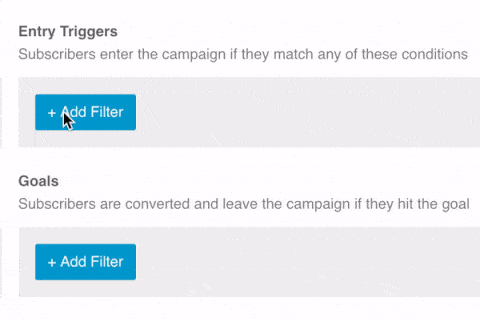
- Create notification templates: Following the definition of the triggers, you must set up notification templates that will be sent to customers when the triggers are engaged. Your brand should be reflected in these templates, which should also have strong calls to action.
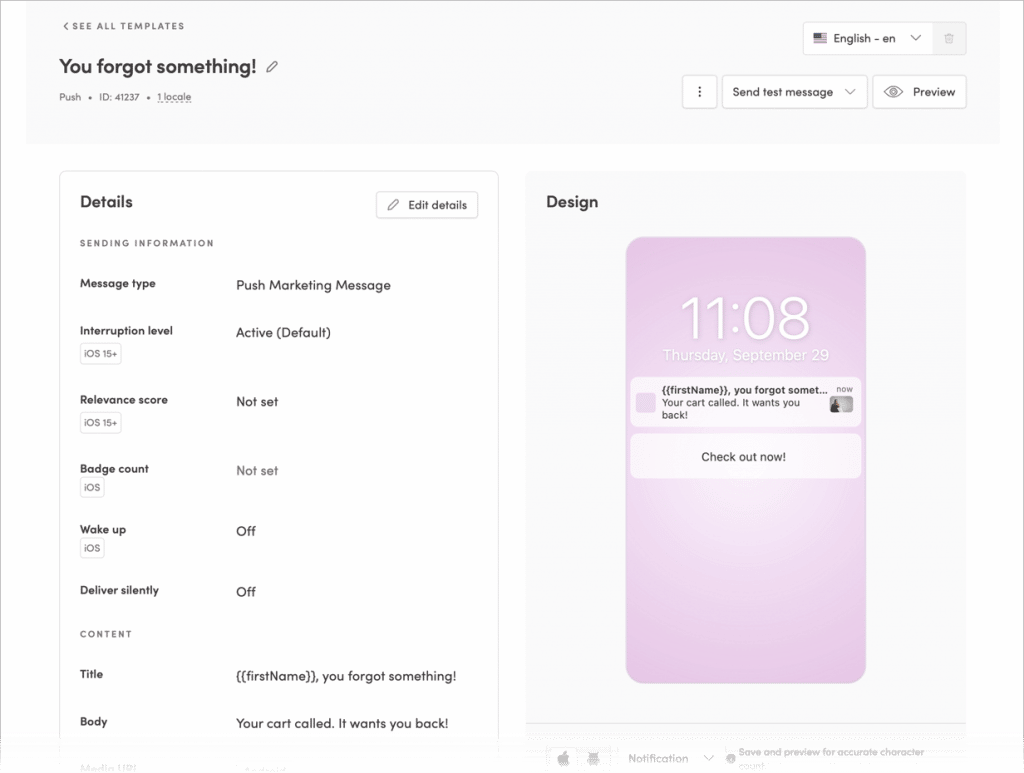
- Test and improve: It’s crucial to thoroughly test your automated push communication campaign before launching it to make sure it is operating as intended. To maximize the usefulness of the triggers or templates, you might need to edit and adjust them.
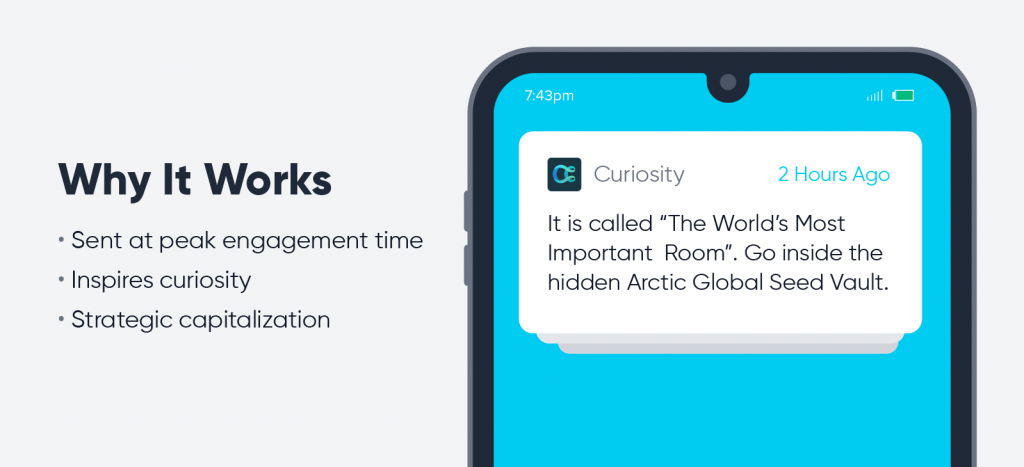
When you’re satisfied with the testing, start the campaign: It’s time to start your automated push communication campaign. To ensure that the campaign is accomplishing your objectives, be sure to regularly monitor the outcomes and make any required adjustments.
Want to also learn about content marketing & marketing automation? Here is a detailed blog by Team SpotSaaS 💡
Content Marketing and Marketing Automation Go Hand In Hand For Business Growth: Learn How
Push Notifications Funnel Businesses Can Use
- Welcome Notifications: When a user registers or creates an account on a website or mobile app, automated “welcome” push notifications are immediately sent to the new subscriber. These notifications often contain a welcome message that is individualized for the user, as well as any additional information or rewards that can motivate them to interact with the website or app.
- Welcome Drip Notifications: Series of automated push notifications that are sent to a customer over a period of time after they sign up or create an account on a website or mobile app. These notifications are often used by businesses to gradually introduce new customers to their products or services, and to encourage them to engage with the site or app. The term “drip” refers to the fact that these notifications are sent out slowly over time, rather than all at once.
- Abandoned Cart Notifications: Automated communications known as abandoned push notifications are distributed to users who have added products to their online shopping carts but have not finished the checkout procedure. These messages are meant to motivate customers to finish their purchases by reminding them about the things they have left unpurchased.
- Abandoned Cart Funnel Notifications: An abandoned cart channel normally comprises a series of messages sent out over time, each of which increases in urgency or persuasiveness. As an illustration, the first message may be a polite reminder that the consumer has things in their cart, and the second could provide a discount or promotion to entice the client to finish their purchase. Social proof, such as testimonials or ratings from other customers, or a sense of urgency, such as a limited-time promotion or inventory alert, may be included in later messages.
- Re-Engagement Notifications: Re-engagement notifications are automated messages that are sent to customers who have not engaged with a business or its products or services for a period of time. These notifications are intended to remind the customer of their past interactions with the business and encourage them to re-engage. They can be in form of discounts, sale invites, PR sharing etc
- User Behavior-Based Automated Push Notifications Campaigns: Campaigns that send automated push alert to users based on their past activities and interactions with a company’s website or app are one sort of automated messaging system. With the intention of boosting engagement, boosting sales, and enhancing customer happiness, these initiatives strive to provide individualised and relevant messages to customers at the appropriate time and in the right context.
Top 2 Software For Automating Push Notifications
One Signal
OneSignal is a powerful and user-friendly tool for sending push notifications to your audience across multiple platforms, including web browsers, mobile apps, and email. With OneSignal, you can reach your users in real-time, engage them with personalized messaging, and drive higher conversion rates.
The platform provides a range of features, including A/B testing, segmentation, and automation, to help you optimize your push notification strategy and get the most out of your user engagement efforts.
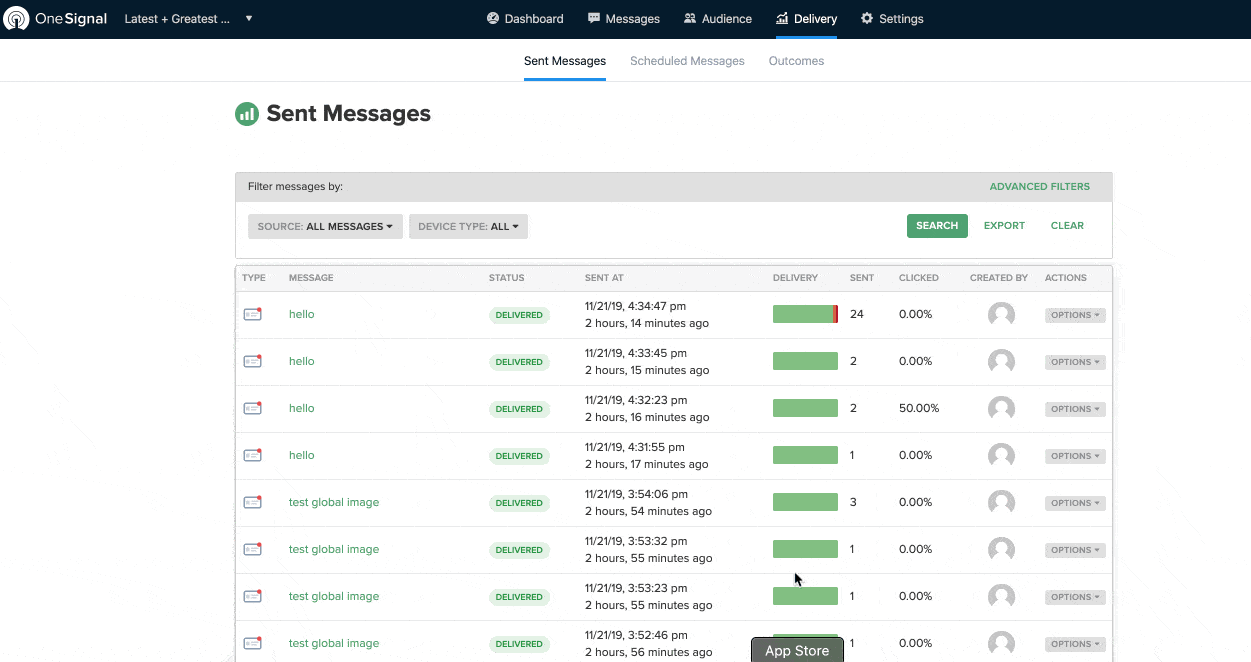
One Signal Features
- Journeys
- Customization
- Segmentation
- Analytics
- A/B Testing
- API
- Live Activities
One Signal Pricing
- The Free plan for One Signal offers features like: Limited Customization, Unlimited API Sends, Intelligent Delivery, A/B Testing, & GDPR Compliant
- There are, however, 2 paid plans (Growth & Professional) starting at $9 / Month and going up to $99 / Month, with feature & notification based pricing variation.
For Detailed pricing, visit One Signal pricing page
One Signal Pros & Cons
| Pros | Cons |
|---|---|
| Easy to integrate | Restrictive marketing automation feature |
| Wide range of features | Confusing UI |
| Customisable | Expensive paid plans |
SpotSaaS has given One Signal a SpotScore of 9.8/10
Push Engage
PushEngage is a comprehensive tool that allows businesses to send push notifications to their website visitors and customers on both desktop and mobile devices. It is an intuitive and user-friendly platform that enables companies to improve their user engagement, increase conversion rates, and drive more revenue.
With features like segmentation, triggered campaigns, and A/B testing, Push Engage helps marketers create targeted and personalized push alert that can be sent to specific user segments, resulting in higher click-through rates and greater customer loyalty.
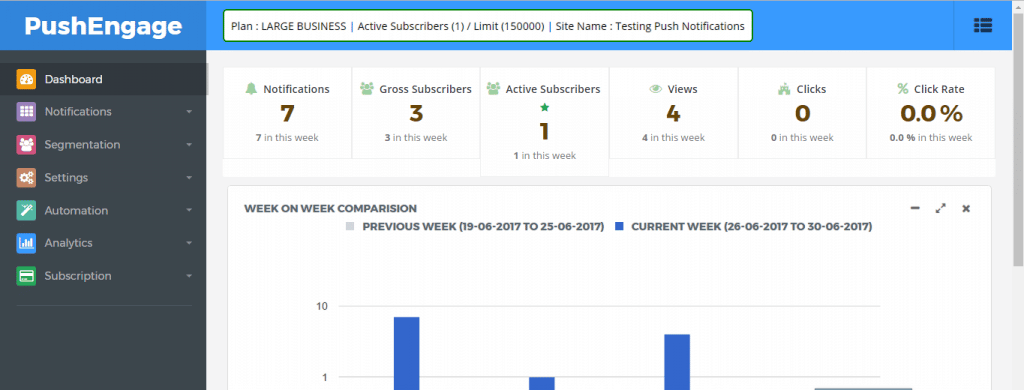
Push Engage Features
- Triggered Notifications
- Dynamic Segmentation
- Automatic Drip Campaigns
- A/B Testing
- Offline Notifications
- Cart Abandonment Reminder
- Personalization
- Goal Tracking & Analytics
Push Engage Pricing
- Users can start using Push Engage for Free with features like 30 Campaigns, 200 subscribers, Standard Notification, Smart Opt-In Reminder, Targeted Opt-In Trigger
- There are 3 paid plans also- business, premium, & growth. These plans start at $9 / month & goes up to $49 / month, offering a different set of features in each paid plan.
For Detailed pricing, visit Push Engage pricing page
Push Engage Pros & Cons
| Pros | Cons |
|---|---|
| Simplified process | Buggy functionality |
| Extensive range of features | Notifications take a long time to reach users |
| The platform interface could improve |
SpotSaaS has give Push Engage a SpotScore of 9.4/10
Conclusion
In conclusion, if you’re not automating your push notifications, you’re pushing your business behind the competition. It’s time to kick back, relax, and let automation do the heavy lifting. With the right tools and a little bit of creativity, you can effortlessly boost your business results and watch your revenue soar.
So, go ahead and automate your push notifications, and who knows?
You might just have enough free time to sip a piña colada on a beach somewhere. Cheers to the sweet life of automation!
Read More
Best Startup Books For Entrepreneurs To Read
Frequently Asked Questions (FAQs)
What is a push notification app?
A push notification app is a type of mobile application that allows users to receive alerts or messages directly on their mobile device without having to open the app. These notifications are “pushed” from a remote server to the user’s device, and typically appear as banners or pop-up messages on the screen.
Is SMS a push notification?
No, SMS are not push notifications. SMS are long and goes through the SMS app in any device. Push notifications on the other hand are triggered through the mobile application of any business downloaded by an individual on his/her device.
What are the best tools to automate Push Notifications?
One Signal
Push Engage
Pushwoosh
Izooto
Truepush
Are push notifications legal?
Push notifications are generally legal as long as they comply with relevant laws and regulations. However, the specific rules surrounding push notifications can vary depending on the country and industry.
Author
-
Anisha Jain, a dynamic professional in the sports SaaS industry, transitioned from economics to digital marketing, driven by her passion for content writing. Her tenure at TBC Consulting culminated in her role as CEO, where she honed her skills in digital strategy, branding, copywriting, and team management. Anisha's expertise encompasses various aspects of digital marketing, including 360-degree marketing, digital growth consulting, client communication, and business development, making her a versatile asset in the SaaS domain.
View all posts

